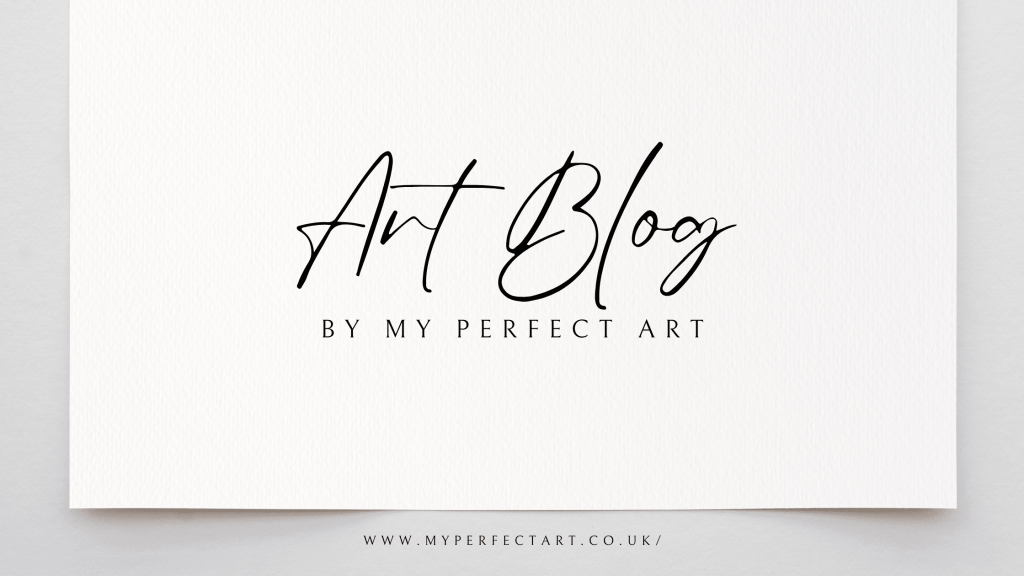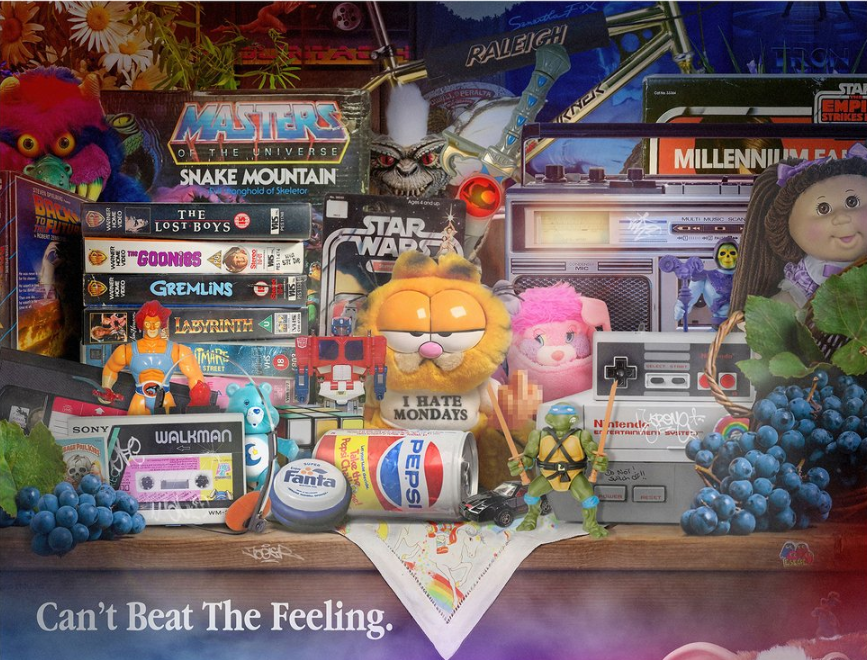Pop art has become an enduring cultural phenomenon that has left an indelible mark on society, politics, and consumerism.
From its explosive origins in the 1950s to its continued relevance today, pop art has evolved into a dynamic and influential movement that challenges traditional notions of art and high culture.
In this illuminating exploration, we will embark on a journey through the vibrant and nuanced world of pop art, where we will uncover the transformative power it holds in shaping our perspectives on contemporary culture.
We will examine the works of key pop artists who revolutionized the movement, including the legendary Andy Warhol, the inimitable Roy Lichtenstein, and the innovative Claes Oldenburg. Along the way, we will discover how these artists used their works to challenge social norms, critique consumerism, and engage with political issues such as civil rights and feminism.
This post is not just a mere overview of pop art, but a celebration of its lasting influence on popular culture. It is an opportunity to explore the dynamic relationship between art, fashion, music, and film, and how pop art continues to shape and inspire them today.
Through this comprehensive and engaging journey, we aim to reveal the true transformative power of pop art and how it has shaped our society into what it is today.
The Origins of Pop Art
Pop art emerged in the 1950s as a response to the cultural and social changes brought on by the post-war era.
At the time, mass production, advertising, and consumerism were becoming increasingly prevalent, and artists were beginning to incorporate these elements into their work. In the United States, artists such as Richard Hamilton and Eduardo Paolozzi, along with the Independent Group, were at the forefront of this movement.
Hamilton and Paolozzi were particularly interested in the aesthetic qualities of popular culture, including advertising, packaging, and magazines.
They saw these everyday objects as a rich source of inspiration, and their work often featured collage, assemblage, and other techniques that combined various elements of popular culture.
Meanwhile, the Independent Group, a collective of artists, writers, and thinkers, was exploring the impact of new technologies, such as television and film, on art and society.
One of the defining characteristics of pop art is its use of imagery from popular culture. This imagery is often presented in a bold, graphic style that is intended to grab the viewer’s attention.
Pop art is also characterised by its use of bright, bold colours, and its emphasis on repetition and mass production. Unlike other art movements, which often focused on the artist’s individual expression and emotion, pop art was more concerned with the cultural and social context in which art was created.
The origins of pop art can be seen as a response to the changing social and cultural landscape of the post-war era.
Artists were looking for new ways to engage with the world around them, and they found inspiration in the everyday objects and images that surrounded them.
This new approach to art would go on to have a profound impact on popular culture, and would influence artists across the globe for decades to come.
Pop Art and Consumer Culture
Pop art emerged during a time of significant cultural and social change in the post-World War II era.
It was a reaction to the dominance of abstract expressionism and aimed to democratize art by drawing inspiration from the world of consumer culture.
Pop artists sought to challenge traditional notions of art and high culture by using images of consumer goods and advertising to critique consumerism.
The movement was pioneered by a group of artists, including Richard Hamilton and Eduardo Paolozzi, who were influenced by the vibrant and colourful mass-produced images of popular culture.
They sought to create art that reflected the reality of contemporary society, with all its contradictions, commercialism, and consumerism.
At its core, pop art was defined by its use of bright colours, bold lines, and flat images that referenced popular culture, such as comic books, advertisements, and packaging.
This approach was a deliberate departure from the abstract expressionist style that preceded it, which emphasized the artist’s emotional expression and gesture.
Pop art’s emphasis on consumer culture and everyday life led to the movement’s close association with advertising and marketing.
Pop artists often appropriated images from advertisements and subverted them to make a statement about the impact of consumerism on society.
For example, Andy Warhol’s Campbell’s Soup Cans challenged the idea of originality in art by creating a series of paintings that were identical except for their colour scheme.
This approach highlighted the power of branding and mass production in shaping consumer behaviour.
Pop art also had a significant influence on fashion and design.
The movement’s use of bright colours and bold graphics inspired designers to create clothing and products that were playful and irreverent.
The influence of pop art can be seen in the work of fashion designers such as Mary Quant, who popularized the mini-skirt, and in the graphic design of album covers and advertisements.
Pop art’s embrace of consumer culture and everyday life had a profound impact on art, design, and popular culture.
The movement’s challenge to traditional notions of art and its focus on the realities of contemporary society continue to influence artists and designers today.
Pop Art and Politics
Pop art wasn’t just about consumer culture – it also engaged with important political issues of the time.
In this section, we’ll explore how pop art offered a critique of mainstream politics and power structures and discuss the key works and artists who addressed political issues in their art.
Pop art emerged during a time of significant social and political change, and many pop artists sought to use their work to challenge the status quo.
One of the most prominent issues that pop artists addressed was the Vietnam War. Artists like Peter Saul and Martha Rosler created powerful works that criticised the war and the government’s handling of it.
Other artists, such as Roy Lichtenstein and Claes Oldenburg, used their work to address civil rights and feminism.
Pop art’s engagement with political issues was not limited to specific events or movements. Rather, it offered a broader critique of the power structures that shape our society.
Artists like Andy Warhol, for example, used their work to comment on the nature of fame and the ways in which celebrity culture can be used to distract from more pressing social issues.
In many ways, pop art’s engagement with politics was a response to the perceived failures of traditional politics and the limited options for political engagement available to young people at the time.
By using art as a medium for political critique, pop artists were able to reach a wider audience and engage with issues that might have otherwise been ignored.
Despite the fact that many of the political issues that pop art addressed are still relevant today, pop art’s political legacy has often been overlooked in favour of its more lighthearted and consumerist elements.
However, by understanding the ways in which pop art engaged with politics, we can gain a deeper appreciation for the movement’s complexity and significance.
The Legacy of Pop Art
Pop art has had a profound impact on the art world and popular culture that continues to be felt to this day.
In this section, we will explore how pop art has influenced contemporary art movements, fashion, design, and other aspects of modern society.
One of the most significant ways in which pop art has impacted contemporary art is through its rejection of traditional artistic conventions.
Pop art’s emphasis on popular culture and everyday objects challenged the elitism of the art world and paved the way for new forms of artistic expression that reflected the realities of modern life.
Contemporary artists continue to draw on the legacy of pop art in their work, with many creating pieces that address the same issues and themes that pop art did in the 1960s.
Some of the most notable contemporary artists who have been influenced by pop art include Jeff Koons, Damien Hirst, and Takashi Murakami.
Pop art has also had a major influence on fashion and design. Its bold, bright colours, and graphic imagery have been embraced by designers in fields ranging from fashion and interior design to product packaging and advertising.
Moreover, pop art’s focus on consumer culture and everyday objects has transformed the way we think about and interact with the products and brands that surround us.
Advertising and marketing, in particular, have been significantly impacted by the ideas and aesthetics of pop art, with many companies using pop art-inspired imagery to create eye-catching and memorable campaigns.
Pop art’s powerful lasting legacy can be seen in its ongoing influence on contemporary art, fashion, design, and culture as a whole.
Its rejection of traditional artistic conventions and emphasis on popular culture and everyday objects continue to resonate with audiences today, making it one of the most enduring and transformative art movements of the 20th century.
Everywhere you look, you can see that pop art has had a profound impact on society, transforming our perspectives on art, culture, politics, and consumerism.
From its origins in the 1950s to its relevance today, pop art has evolved into a diverse and influential movement that continues to shape contemporary art and popular culture.
Throughout this journey into the movement, we have delved into the nuances of pop art and explored its history, key artists, defining characteristics, and impact on society.
We have seen how pop art challenged traditional notions of art and high culture, engaging with the world of consumer culture to critique consumerism and create a new form of artistic expression.
Pop art also engaged with political issues, providing a powerful critique of mainstream politics and power structures. By addressing issues such as the Vietnam War, civil rights, and feminism, pop art offered a new perspective on the world and encouraged viewers to question the status quo.
The legacy of pop art can be seen in contemporary art movements and popular culture, influencing artists across the world in fields as diverse as music, fashion, film, and design.
The movement’s transformative power continues to inspire new generations of artists and viewers alike, expanding our understanding of art and its role in society.
In this sense, pop art can be seen as a work of art in itself, a movement that has opened minds and challenged conventions.
We hope that this deep dive has provided you with a journey of discovery into the transformative power of pop art, and inspired you to explore this exciting movement in greater depth.
Ultimately, pop art has shown us that art is not just something to be admired from afar, but a powerful tool for social commentary and critique.
As the world continues to change and evolve, pop art will undoubtedly continue to inspire and influence artists and viewers alike, shaping our perspectives on art, culture, and society for years to come.

